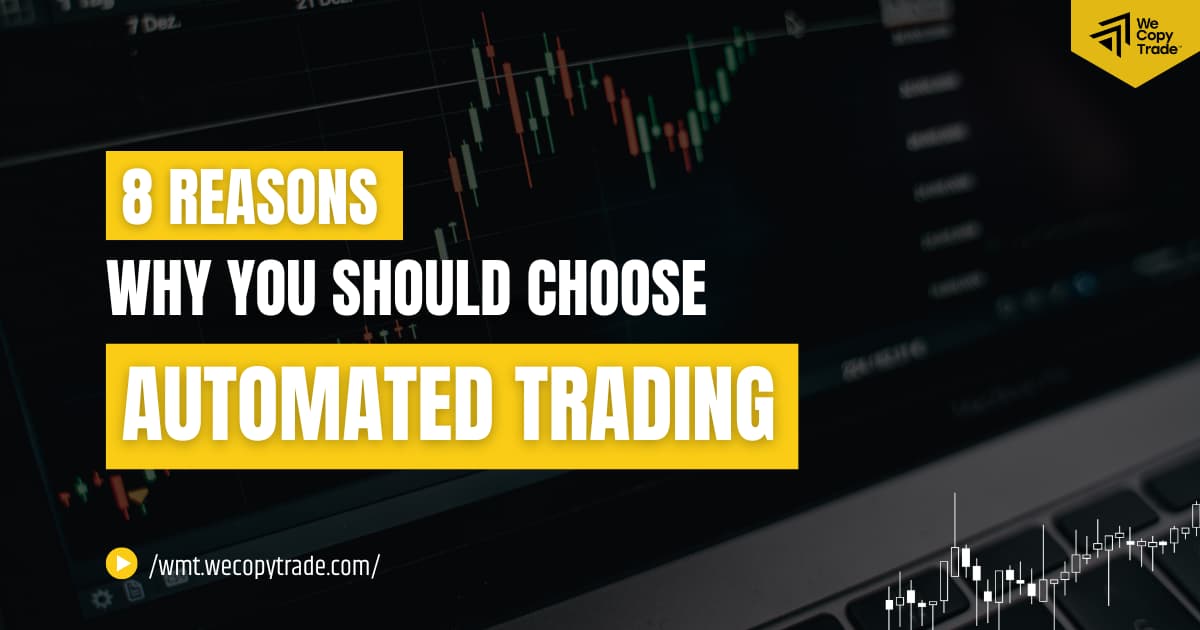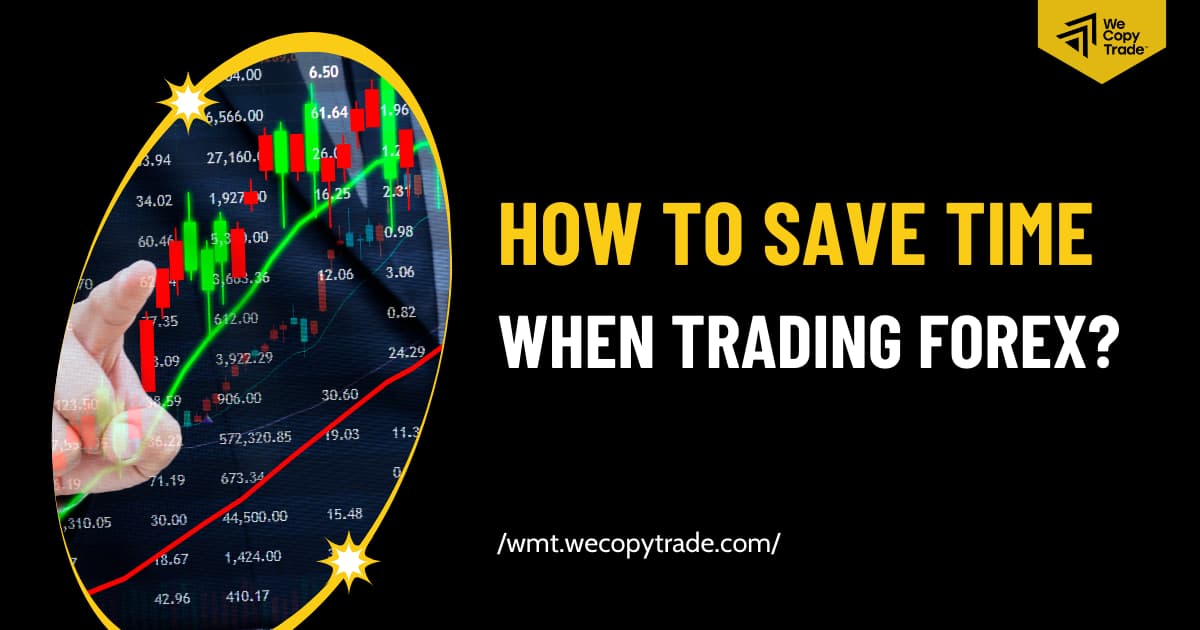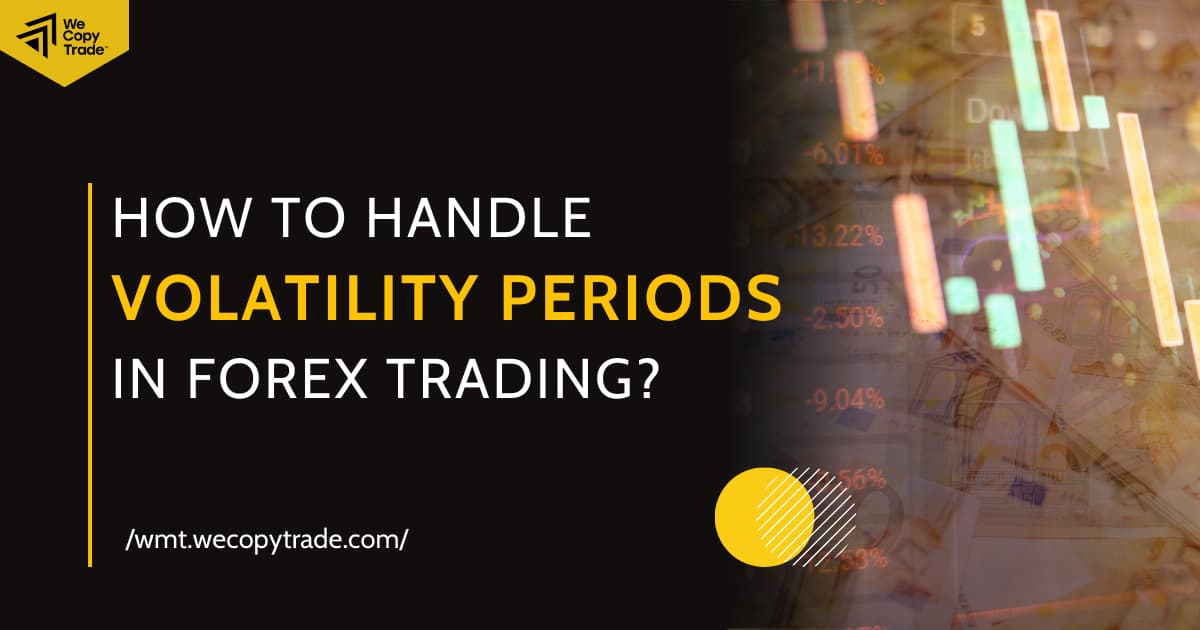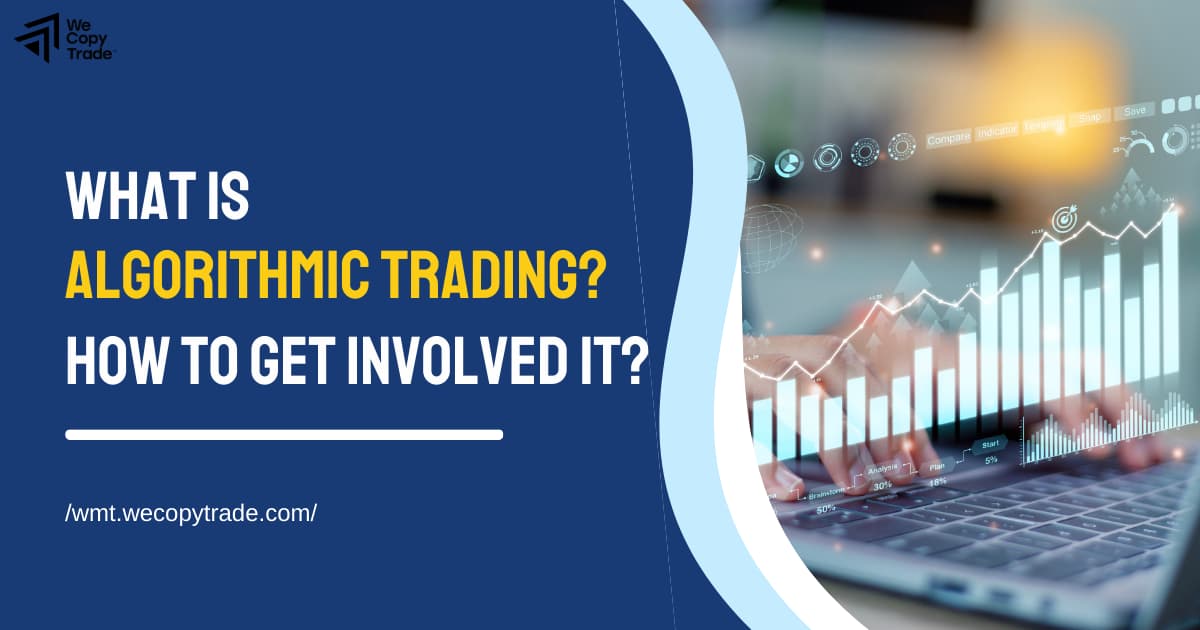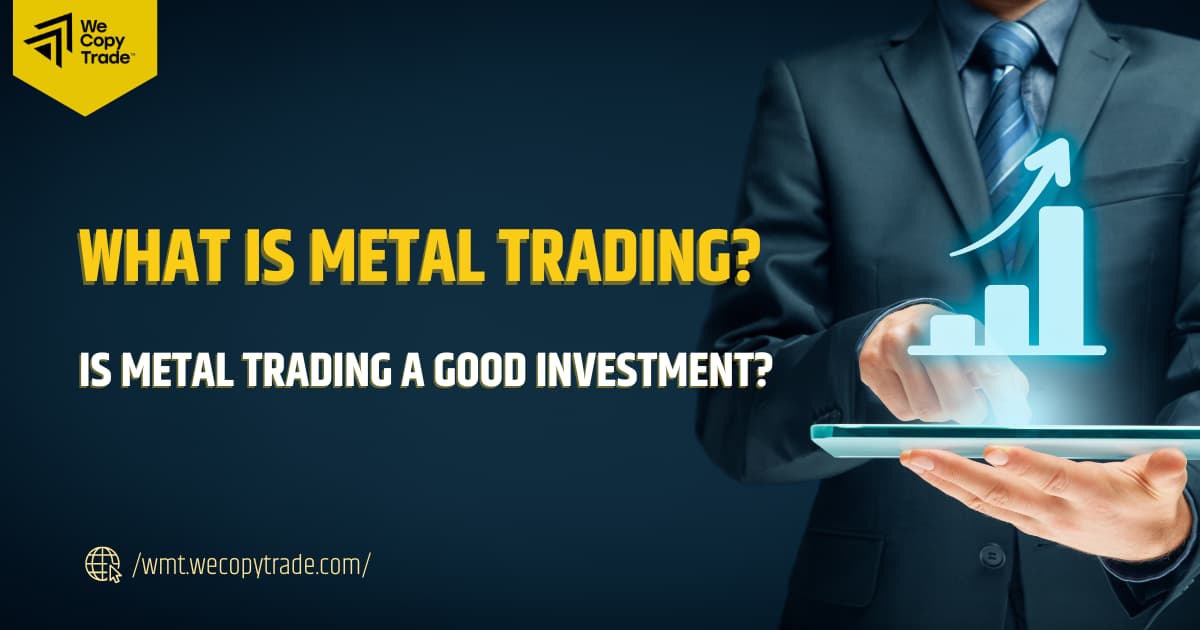
Many investors are interested in metal trading as an investment as metals can hold their value well over time. Trading metals is not a popular way to increase capitabl but also a classic strategy of hedging risks in unpredictable situations. This article will discuss the fundamentals of metal trading, its benefits and risks, and whether it is a viable investment strategy.
What is Metal Trading?
Metal trading involves buying and selling metals as investments. Some of the key things to know about metal trading include:
- Metals that are commonly traded: precious metals (gold, silver) and base metals (aluminum, copper, zinc, and nickel).
- Traders can buy physical metal bars or ingots to own and store, or they can trade metals on futures markets through reputable brokers.
- Metal traders may gain significant profits by purchasing low and selling high.
- Factors that impact metal prices: supply and demand from industry, economic conditions worldwide, political events, etc.
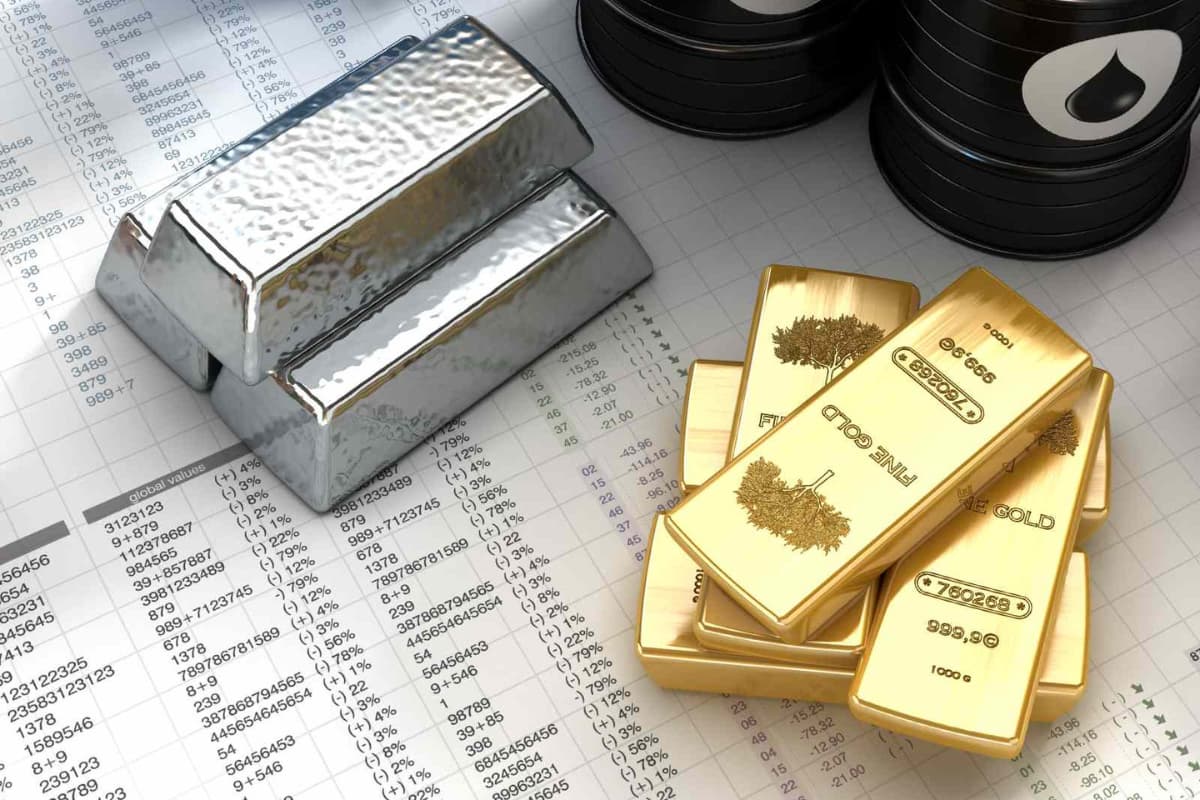
By studying how the factors may cause prices to fluctuate, skilled traders can predict when prices will rise correctly, so they can sell high after buying low.
Essentially, metal trading revolves around capitalizing on changes and movements in the market values of different metals over time through purchases and sales. Understanding trends helps traders make profitable investments.
How does Metal Trading Work?
Metal trading is different from trading stocks. When trading metals, you are not investing in a company but rather the actual metal product itself. Your goal is to make money by predicting if the price of metals like gold, silver or platinum will go up or down.
- To buy metals, traders purchase contracts that let them own a certain amount of a metal at a set price for delivery later.
- They make money if the metal’s price ends up higher than what they paid before the contract expires. If the price drops, they could lose money.
- To trade metal successfully, you need to know what impacts metal prices, like economic conditions, supply/ demand levels, or world events. Paying attention to factors helps you predict when metal values may rise or fall.
By forecasting price changes, metal traders aim to profit from fluctuations instead of company performance like with regular stock investing.
Pros and Cons of Metal Trading as an Investment
Now let us dive into the benefits and risks of metal trading:

Pros
There are several advantages to investing in precious metals:
- Hedge inflation: Precious metals like gold and silver may keep value when everything else costs more, protecting your money.
- Long-term gains: With low supplies but high global demand, metals tend to be worth more years later.
- Diversification: Metals move differently from stocks and bonds, balancing out risk in your investments.
- Tangible asset ownership: You truly own the real gold or silver bars and coins, letting you control a valuable item.
- Liquidity: Gold and silver are usually quick to sell in many different forms like coins or bars if you need cash.
- Global demand: Many countries and industries want metals, giving traders a big worldwide market to sell into.
Cons
While metal trading can provide advantages, there are also some potential drawbacks to consider:
- Lack of income generation: Unlike other investments, metals fo not pay you money from dividends or interest over time, relying only on price increases.
- Storage costs: Keeping real metals means paying for secure storage space and insurance, adding ongoing fees.
- Price changes: How much precious metals are worth can vary a lot due to economic and world events, bringing risks.
- Selling time: It may take a while to sell physical metal since you need to find a buyer and ship the item, especially when times are uncertain.
- Limited control: You have less effect on everything outside affecting metal values compared to investing in a company’s stocks.
Main Types of Metals Traded on the Exchange
Generally, there are three main types of metals that are commonly traded on commodity exchanges around the world:
- Precious metals include valuable metals like gold, silver, platinum and palladium that are wanted for aesthic appeal and used to make things.
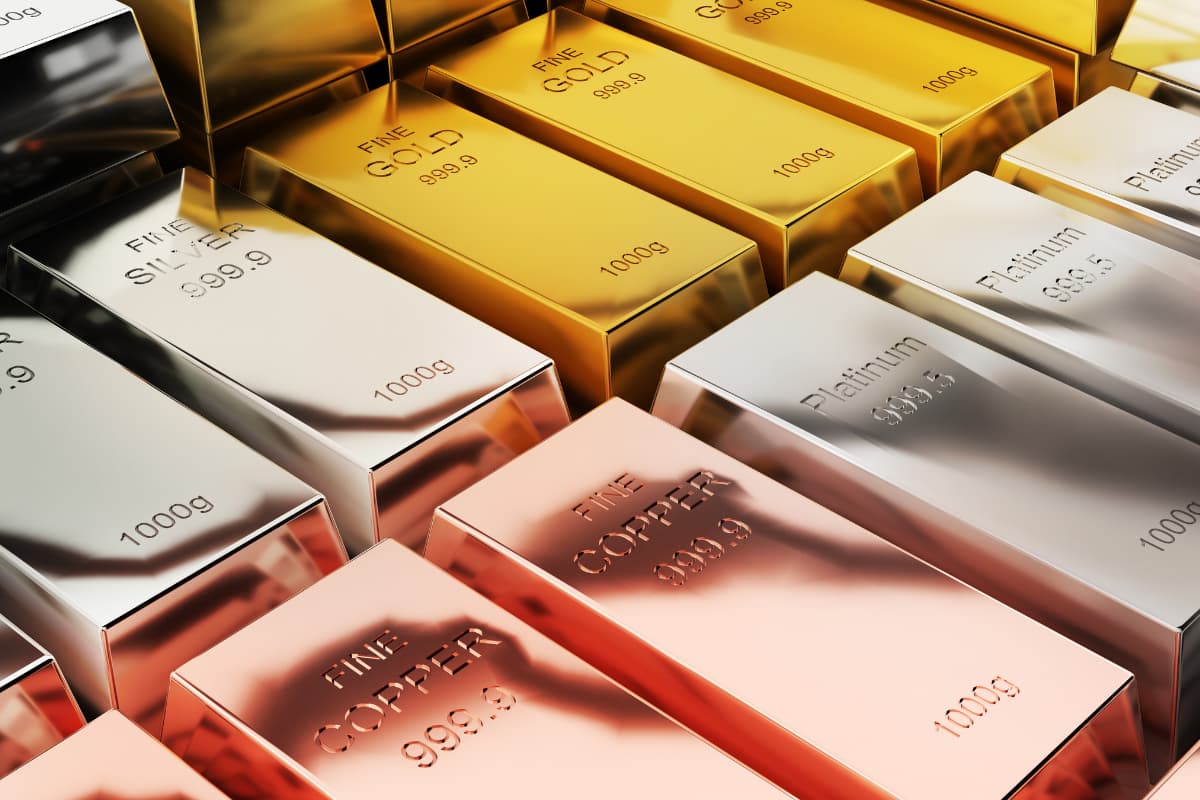
- Industrial metals: Metals needed a lot by companies that build and manufacture things like copper, aluminum, zinc and nickel are in this group. They are vital parts for infrastructure and technologies.
- Other metals: Metals that play important but more special roles, such as iron ore for steelmaking, tin for packaging, lead in batteries, and uranium used for nuclear power, make up this type.
By understanding how each metal group works and what makes them different, traders can create plans to benefit from changes in how companies worldwide make and use things over time.
Is Metal Trading a Good Investment?
Whether metal trading can be a worthwhile investment depends on several factors individual traders should consider:
- Risk tolerance: Metal prices are volatile so traders must be comfortable with price fluctuations in the market and potential losses. High risk tolerance is needed. So if you prefer steadier investments, metal trading might not the best for you.
- Investment goals: Traders should think about their goals like capital gains versus steady income. Metals focus solely on price appreciation vs dividends from stocks.
- Market knowledge: To be successful, it is important to understand all things affecting metal values like world events, economic reports, and supply and demand in each commodity. Learning takes time.
- Expertise: Similar to any specialized investing, regular experience is required to get better at identifying good entry and exit points over months or years of changing markets.
Metal trading may be a good option for traders who do not mind risk and are willing to take time learning about what impacts metal prices. If investors educate themselves and gain experience over many trades, metals could work as part of their whole investment plan. However, it may not suit those prioritizing lower risk.
Strategies for Metal Trading
When engaging in metal trading, it is crucial to consider effective strategies to navigate the market and control risks:
Technical analysis
Technical analysis plays an important role in metal trading. Traders use charts and indicators to see how prices moved in the past and identify trends. They look at things like trends and shapes to try and predict which way prices may move next. This helps make better decisions about when to enter and exit trades.
Fundamental analysis
Traders need to understand the supply and demand factors, economic reports, and world events that affect metal prices. Knowing these fundamentals helps them predict if prices will go up or down.
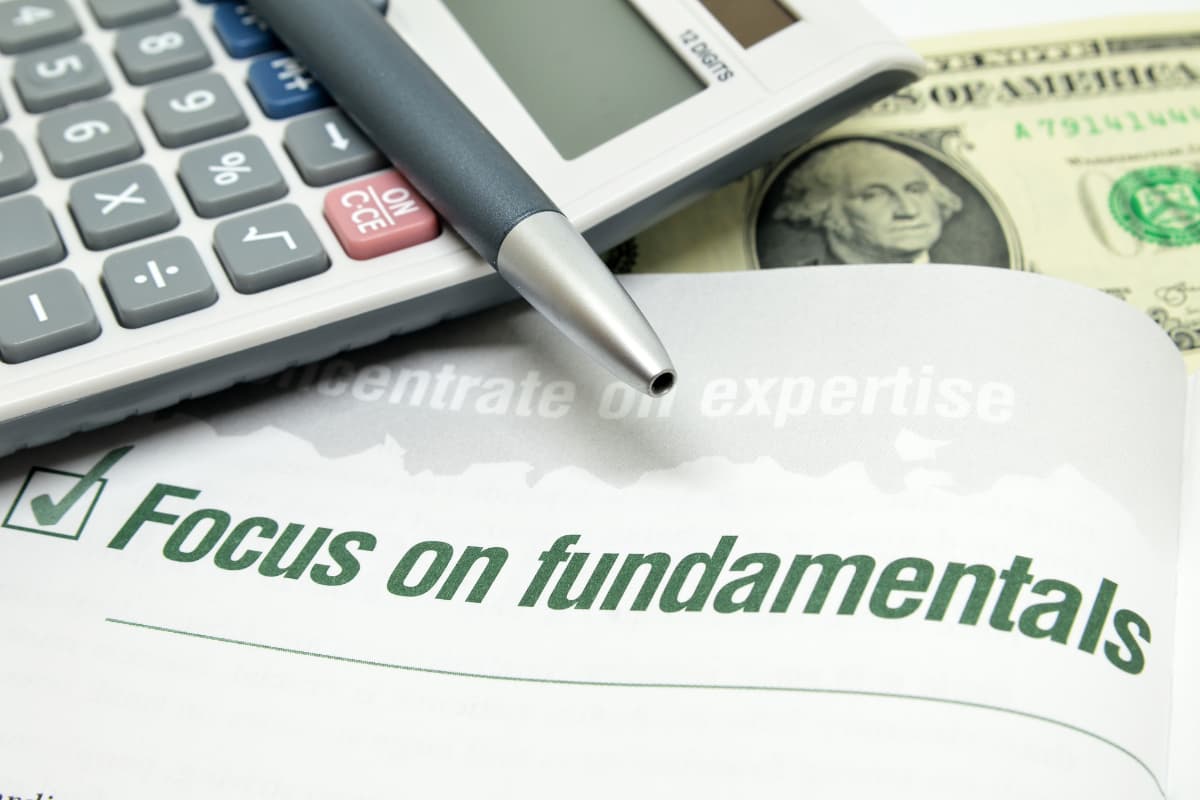
Long-term versus short-term trading
Some traders focus on quick price changes over days or weeks. Others prefer to hold investments for months or years to benefit from larger trends over the long run. Choose to aim for quick profits over days or weeks with short-term trading. Or target longer gains over months and years with long-term trading. Each requires its own risk controls.
Risk management
Risk management is essential when trading metals. Traders must be careful not to risk too much money on each trade. Traders should set a limit on losses and only trade what they can afford to lose. In addition, it is crucial to watch the market closely in case a losing trade needs to end quickly.
Final Words
In conclusion, metal traders involved buying and selling precious and base metals like gold, silver, copper, and much more. It may be a great way to diversity an investment portfolio or hedge against market volatility. While metal trading carries risks and require careful strategies, it offers exposure to commodity assets with historical value. For investors willing to learn, metal trading may be a smart investment option to consider. For further trading tips, check out our WeMasterTrade Blog.


